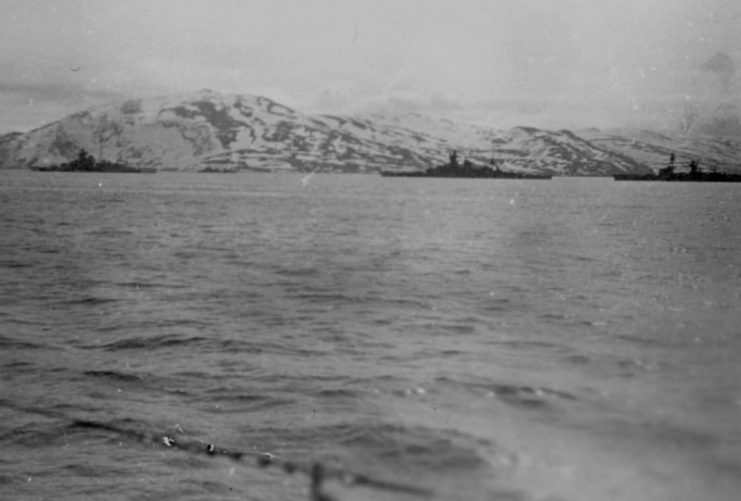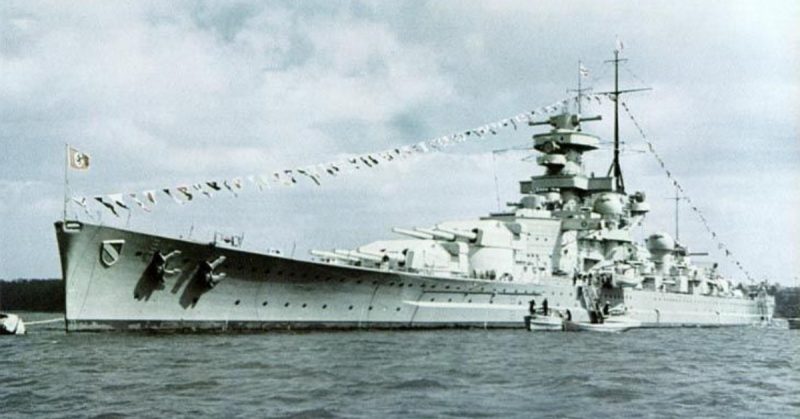The Scharnhorst was a German capital ship, which belonged to Nazi Germany’s Kriegsmarine. Alongside the Gneisenau of the same class, the Scharnhorst marked the new era of German naval expansion.
Armed to the Teeth
She was laid down in June 1935, launched on 3rd October 1936, and completed in January 1939 at the Kriegsmarinewerft dockyard, Wilhelmshaven.
The ship was armed with 11 inch C/34 guns in triple turrets on its main battery, with plans of replacing the guns with six 15 inch SK C/34 guns. The plans for replacement was, however, never executed.
Its auxiliary battery consisted of twelve 15 cm L/55 guns, sixteen 3.7 cm SK C/30 L/83, and fourteen 10.5 cm L/65. It also had ten 2cm C/30 anti-aircraft batteries which was later increased to thirty-eight.
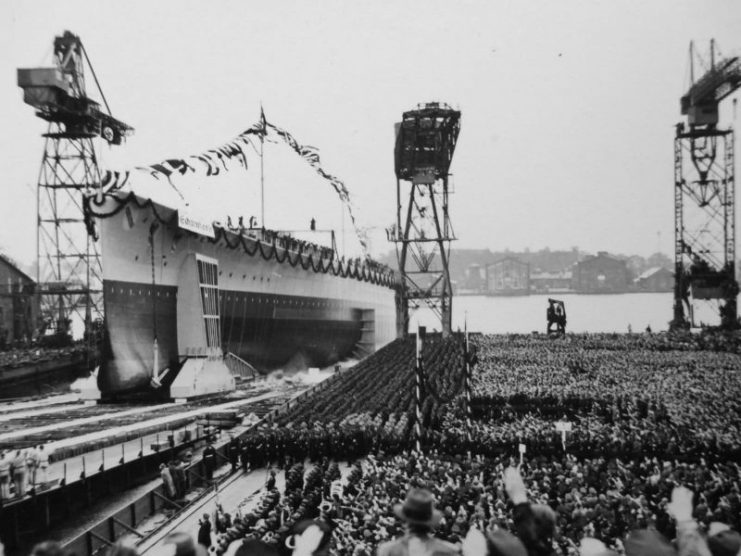
More Speed
The Scharnhorst was propelled by three Brown Boveri and Cie (BBC) steam turbines and sped at 32 knots, faster than any British capital ships that sailed the Atlantic during its time. Although it had a main battery that was inferior to the British battlecruisers, its armor was much thicker.
The ship weighed over 38,000 tons at full load, and although its standard crew number was 56 officers and 1613 enlisted men, it sailed about 60 officers and 1780 enlisted men during the war.
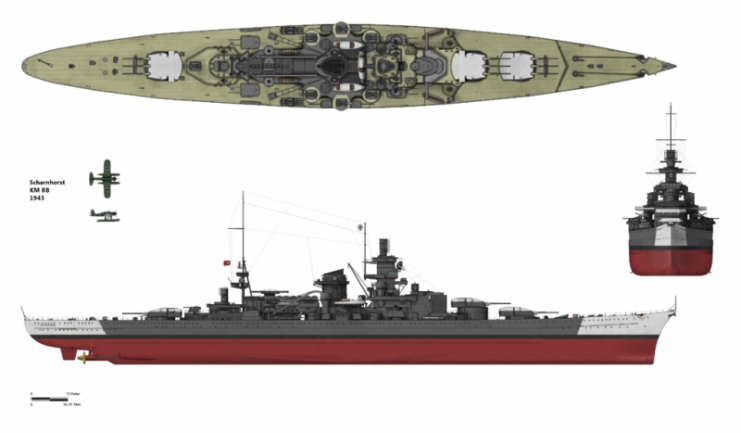
The construction of the Scharnhorst was unfortunately marked by tragedy. During its construction in the dockyard, its supporting timbers suddenly fell apart, and as a result, the huge hull came crashing down on 171 workers, killing 61 and injuring 110.
Into the Fight
On its first operation in November 1939, it engaged the British cruiser Rawalpindi in a short skirmish which ended up in the sinking of the Rawalpindi and the death of it’s captain, Edward Coverly Kennedy.
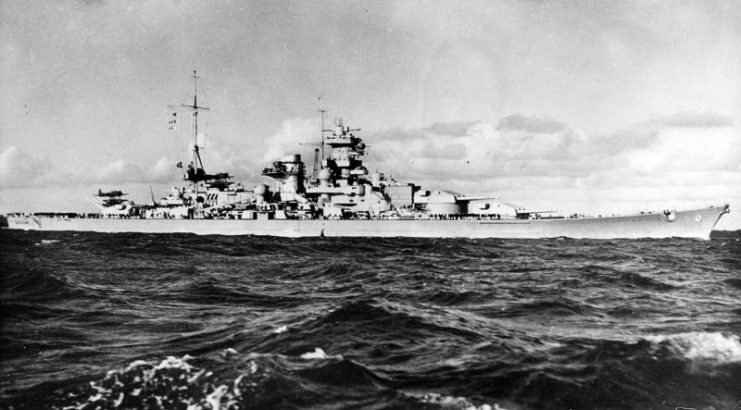
Following the skirmish with Rawalpindi, the Scharnhorst completed repairs and deployed on another expedition. During the invasion of Norway and Denmark which occurred from April to June 1940, the Scharnhorst sailed alongside the Gneisenau and engaged the Royal Navy’s battlecruiser, HMS Renown. They sank the Royal Navy’s aircraft carrier, HMS Glorious, and her escort destroyers, Ardent and Acasta, in what would be listed among the longest-range gunfire hits ever.
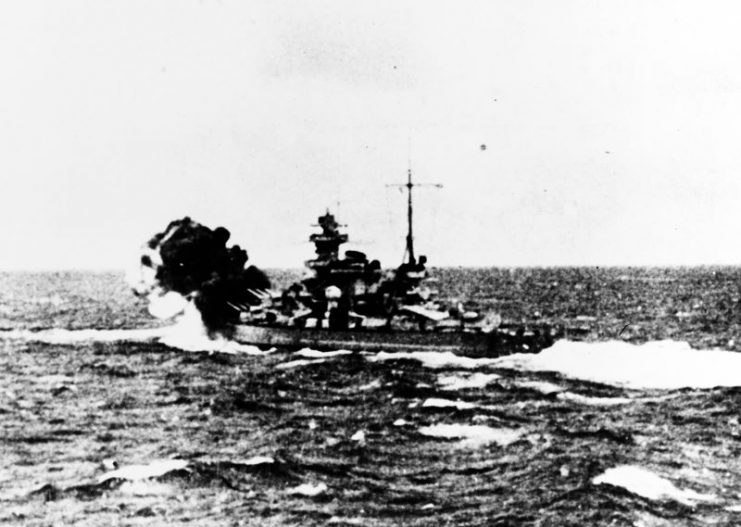
During the event at Operation Weserubung, the Scharnhorst suffered significant damages and was moved to the Norwegian port of Trondheim for urgent repairs and then to Kiel for an overhaul.
The Scharnhorst joined the Gneisenau at Kiel in December 1940, where it was prepared for a new expedition: Operation Berlin, which was aimed at wreaking havoc on Allied Shipping lanes on the Atlantic Ocean.
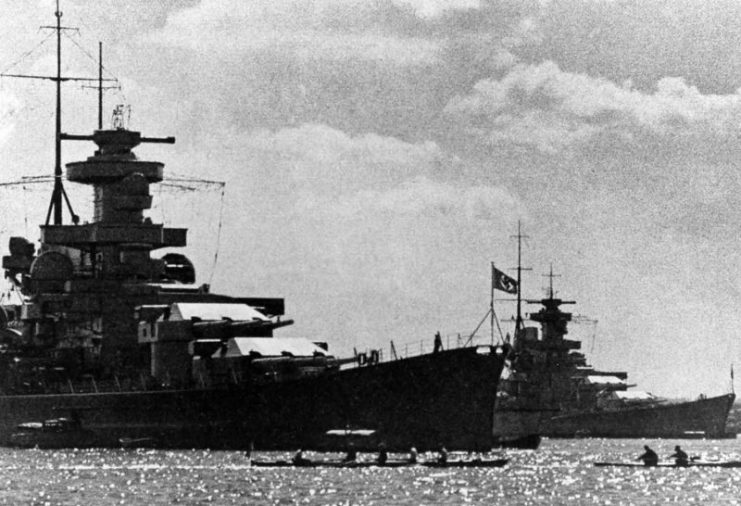
During their journey to the North Atlantic, its radar detected the heavy units of the British Home Fleet at long range. They successfully evaded the British with the aid of a squall and broke into the open Atlantic. On February 22, 1941, the Scharnhorst sank the 6000-ton tanker, Lustrous. On 8th March, the Scharnhorst sank a Greek cargo ship, Marathon.
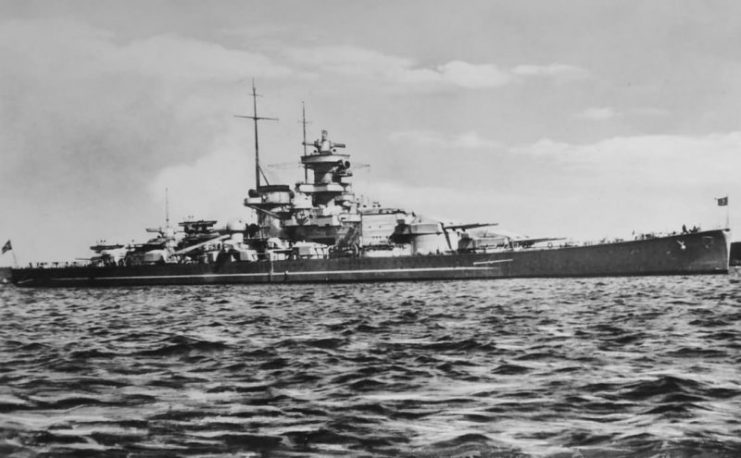
On 15th March, the Scharnhorst sank a total of 27,277 tons of shipping after a skirmish with a British convoy in the mid-Atlantic. They were pursued by the two fierce battleships, King George V and Rodney, but the Scharnhorst and Gneisenau were too fast, and successfully evaded the British in a squall.
Throughout the expedition, the Scharnhorst sailed with problems in the superheater tubes in its boilers.
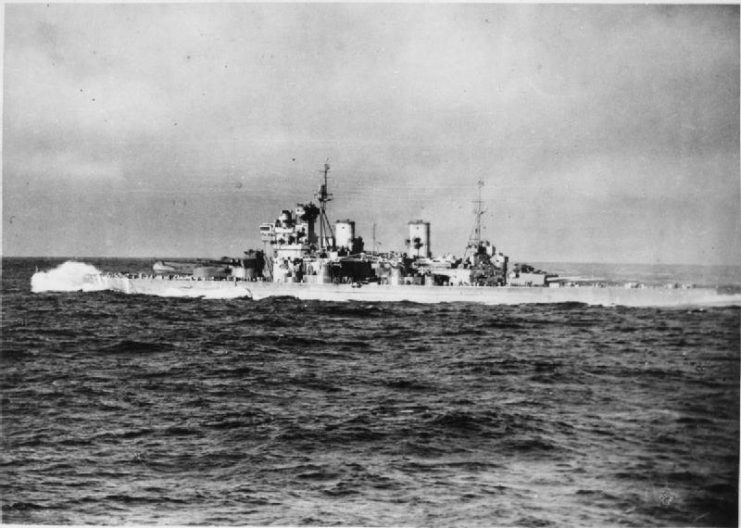
The Scharnhorst suffered critical hits during an air raid on 24th July 1941, and during Operation Cerberus, but it would be meet its ultimate end in the Battle of North Cape, where the Royal Navy battleship, HMS Duke of York sank it, killing more than 1,932 crew members aboard.
More Photos –
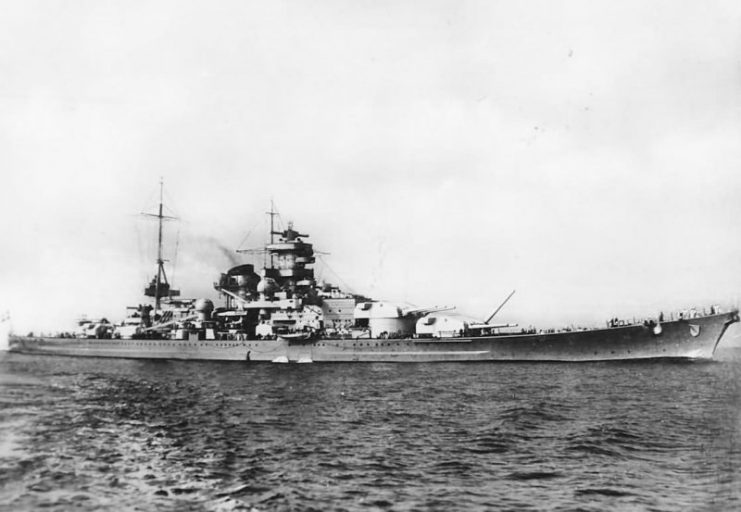
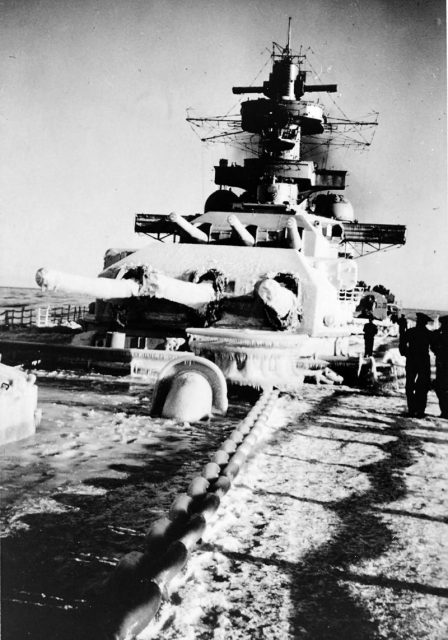
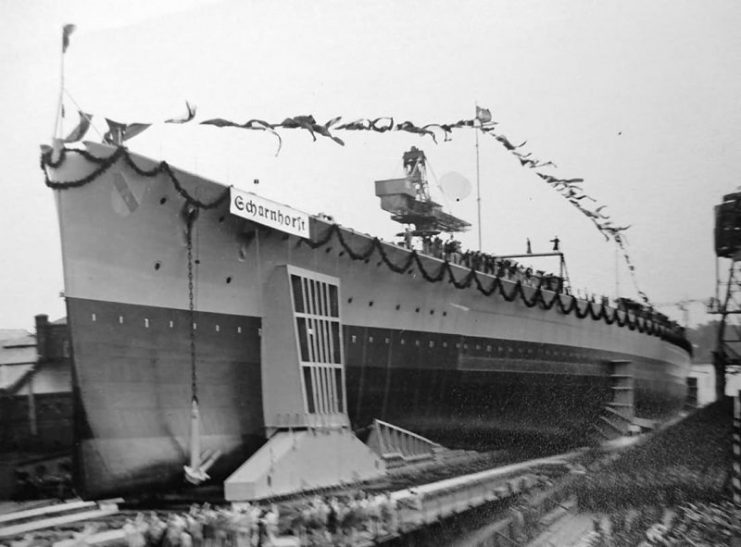
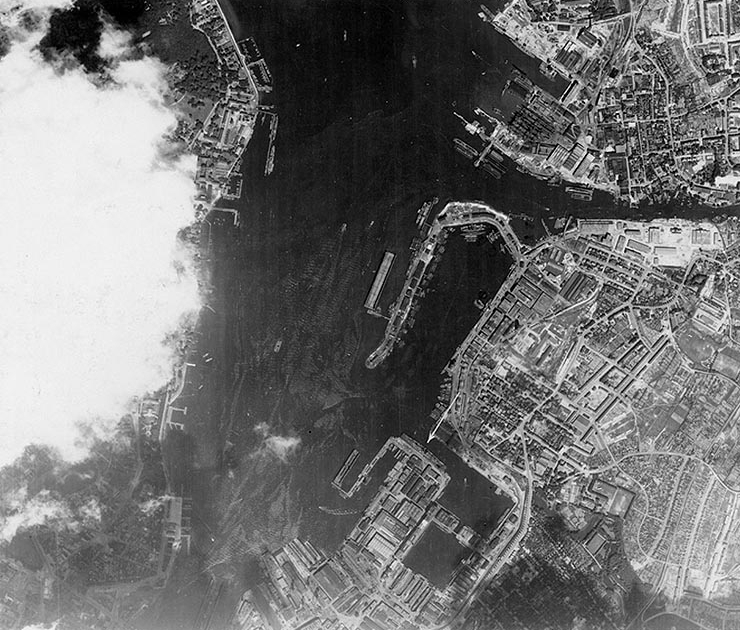
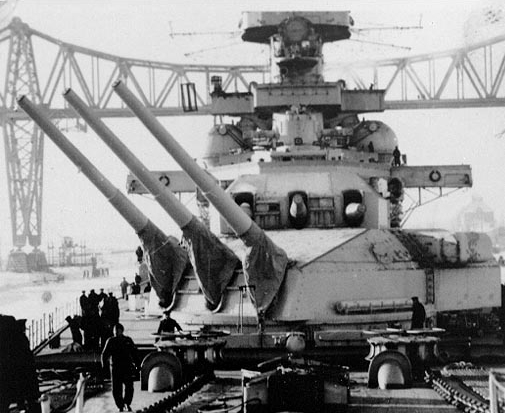
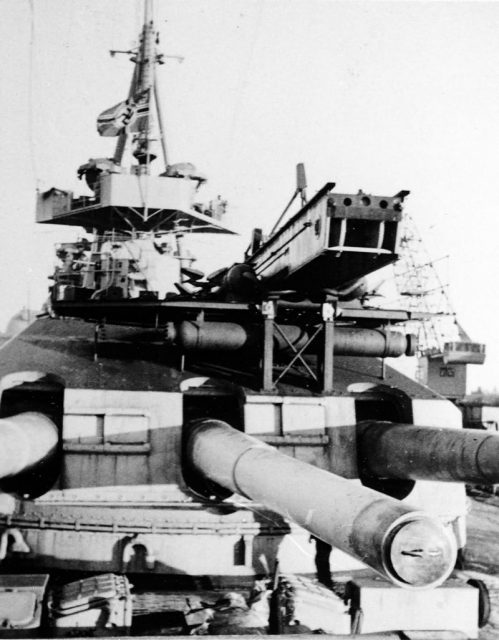
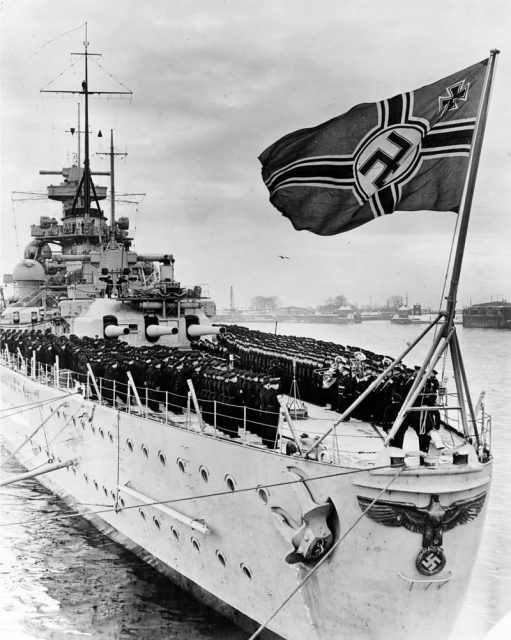
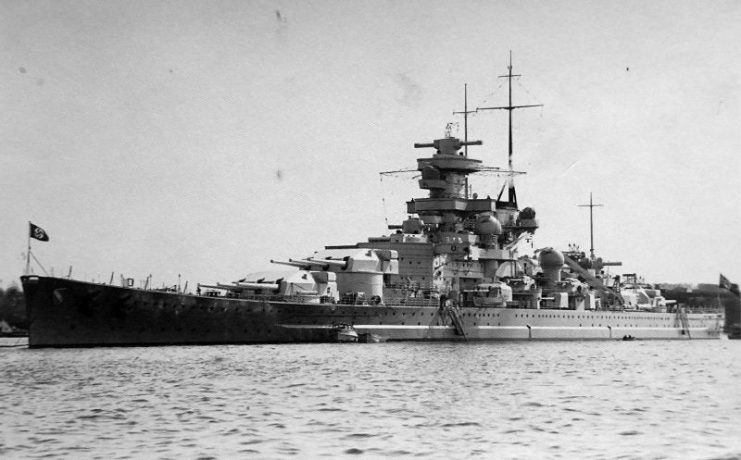
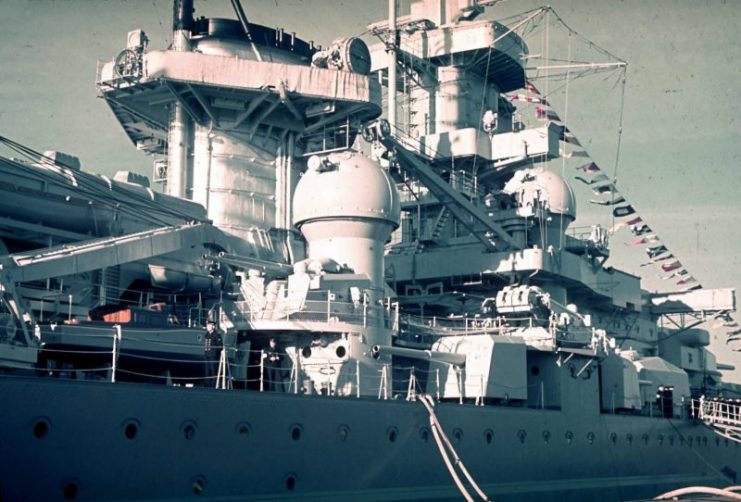
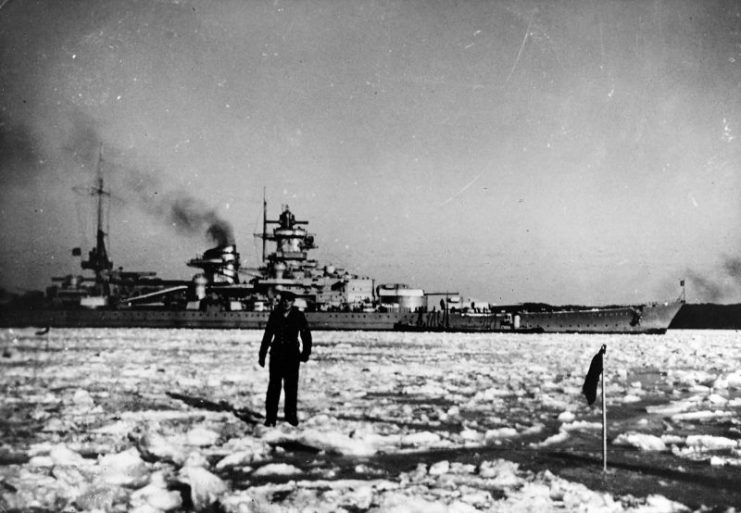
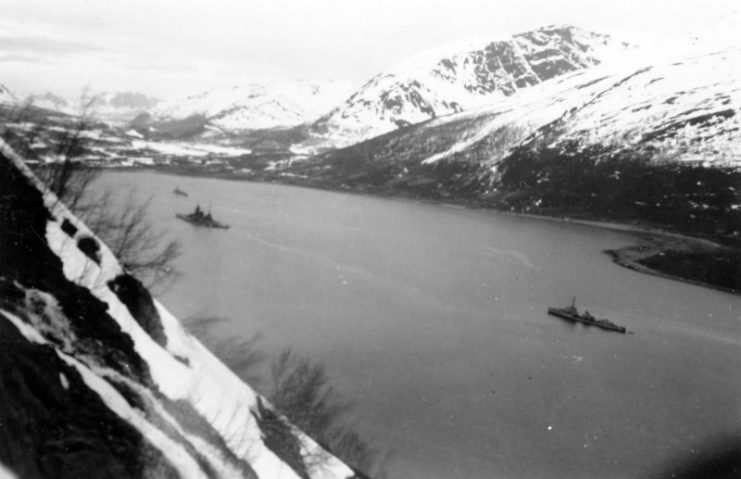
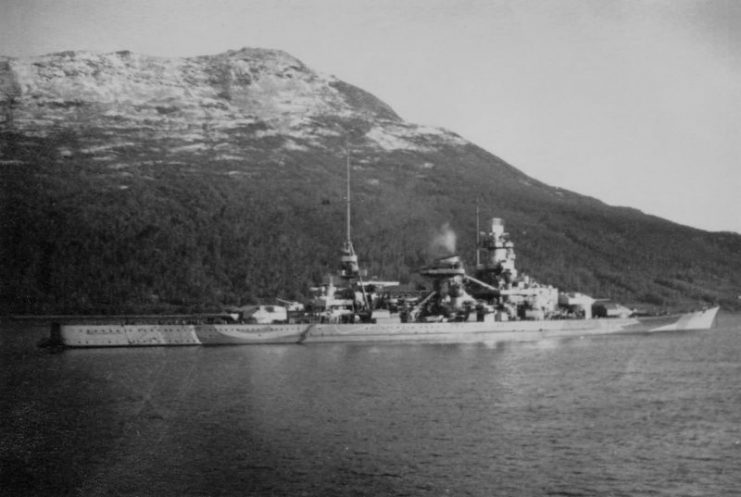
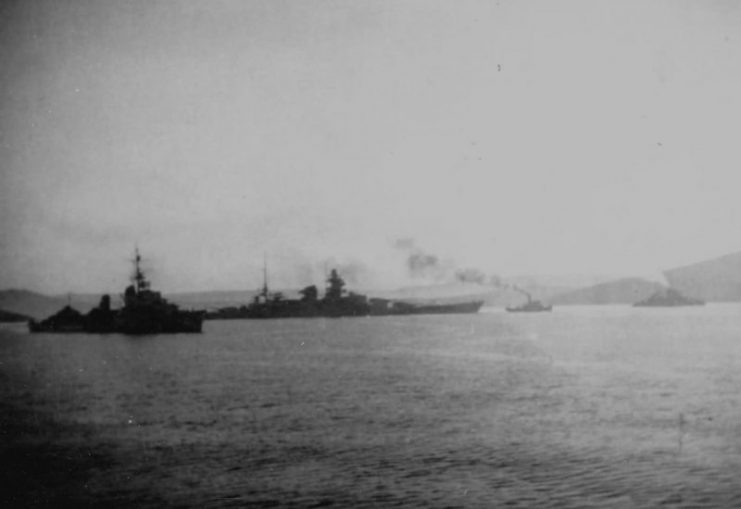
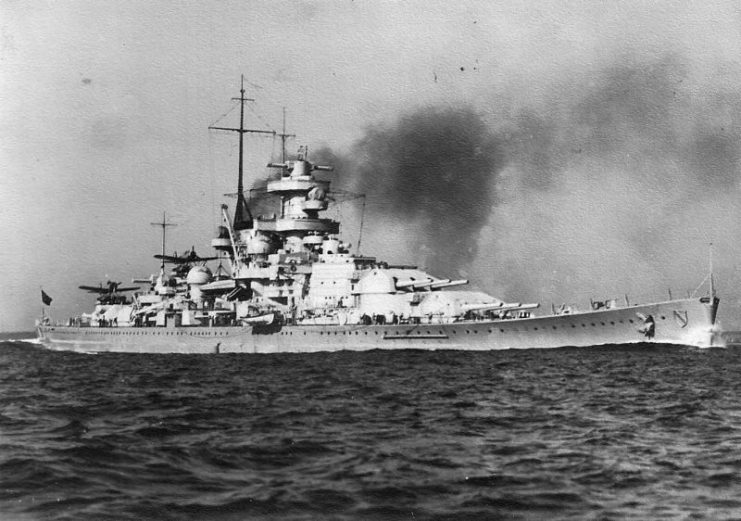
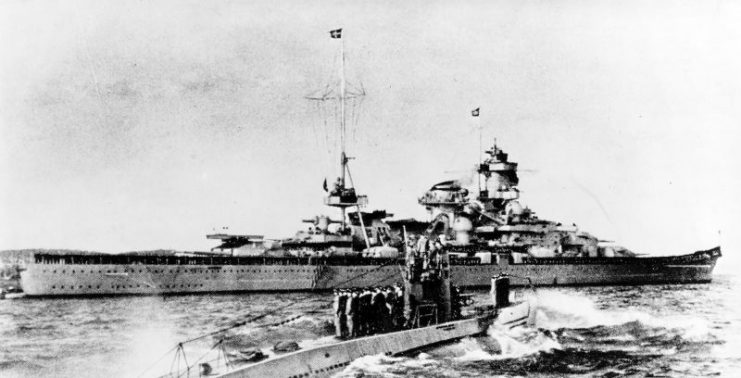
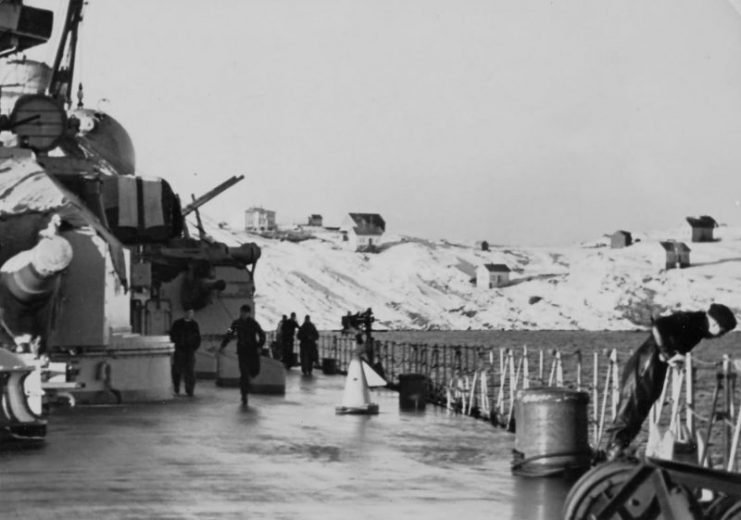
Read more articles like this – The Short, but Eventful Life of the Bismarck
